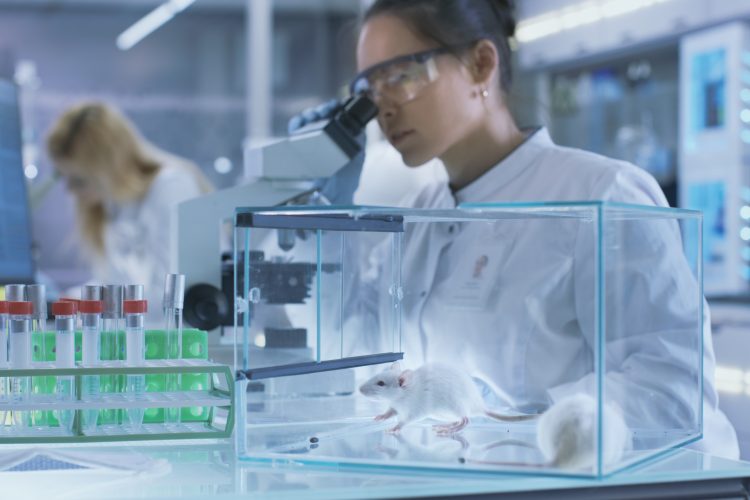New ARRIVE 2.0 guidelines published to improve animal research
Posted: 15 July 2020 | Hannah Balfour (Drug Target Review) | No comments yet
The ARRIVE 2.0 guidelines outline what researchers should include in reports to increase reproducibility and reliability for peer-review, and reduce certain ethical concerns surrounding the use of animals in research.


A new set of ARRIVE guidelines (ARRIVE 2.0) have been published to encourage comprehensive improvements on reporting of research methods and findings involving animal.
The original ARRIVE guidelines were published in 2010; however, NC3Rs (a UK-based science organisation and the publisher) said they had failed to resolve many of the issues with reporting that cause scientific studies to be unreliable and have poor reproducibility. They explained that this is a particular issue when studies involve animals, as it introduces ethical concerns, such as unwarranted suffering and wasted lives, when the research cannot be properly scrutinised or reproduced due to a lack of detail in the reporting.
The new guidelines published in PLOS Biology are intended to form part of an international effort to ensure that data from in vivo studies fully adds to the knowledge base.
NC3Rs explained one of the major differences with these guidelines is that they have been divided into two groups based on their level of priority, the hope is that this will make them simpler to implement. The two groups are:
- The “ARRIVE Essential 10” – the basic minimum to include in a manuscript to enable readers and reviewers to assess the reliability of the findings
- The complementary “Recommended Set” – providing context to a study.
The aim is for the scientific community to focus initial efforts on the Essential 10, with the Recommended Set subsequently adopted as best reporting practice.


According to the publisher, one of the major barriers to full and transparent reporting og animal research is the lack of information regarding experimental design and statistical analyses. For example, sample size calculations and strategies to minimise bias, it also said there seems to be a lack of understanding of the consequences of omitting these key details. To address these issues the company has also published an accompanying “Explanation and Elaboration” document which describes the relevance of each item in the guidelines with examples of good practice taken from the literature.
NC3Rs’ head of experimental design and reporting, Dr Nathalie Percie du Sert said:
“All researchers expect that their work will make an important contribution to the knowledge base. This can only happen if the work is fully and transparently reported. In ARRIVE 2.0 we have focused on simplifying the guidelines based on our experience and feedback from the scientific community as well as addressing misconceptions about why reporting methodological details is critical in a manuscript. The responsibility now lies with researchers and organisations to embrace ARRIVE 2.0 and the associated resources we have provided, ensuring that the poor reporting of in vivo research is a thing of the past.”
ARRIVE 2.0 was developed by an international working group which included funders, journal editors, statisticians and researchers from the UK, mainland Europe, North America and Australia. Although the primary purpose of the guidelines is to improve the quality of manuscripts, they can also be used during the planning and conduct of animal studies to help make sure that experiments are robustly designed and properly recorded, preparing the way for future publication.
Professor Malcolm Macleod, Professor of Neurology and Translational Neuroscience and Academic Lead for Research Improvement and Research Integrity at the University of Edinburgh, UK said “The release of ARRIVE 2.0 is an important milestone in our efforts to improve the reporting – and we hope, also, the design, conduct and analysis – of animal research. The NC3Rs are to be congratulated on bringing together such a diverse and international team to revise the guidelines, and for the huge amount of unseen effort that their team have put into supporting that process and driving it forward.”
A website dedicated to the guidelines has also been launched: https://www.arriveguidelines.org. It includes resources for researchers and stakeholders, such as journals and funders. The ARRIVE guidelines have also been translated in French and German, with more languages to follow.
Related topics
Big Data, Disease research, Drug Discovery, In Vivo
Related organisations
Edinburgh University, NC3Rs
Related people
Dr Nathalie Percie du Sert, Professor Malcolm Macleod



